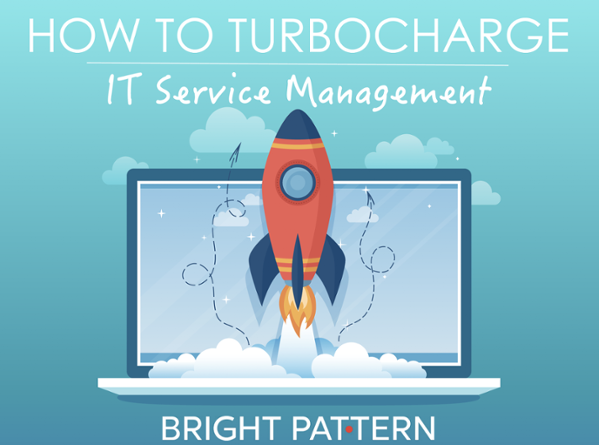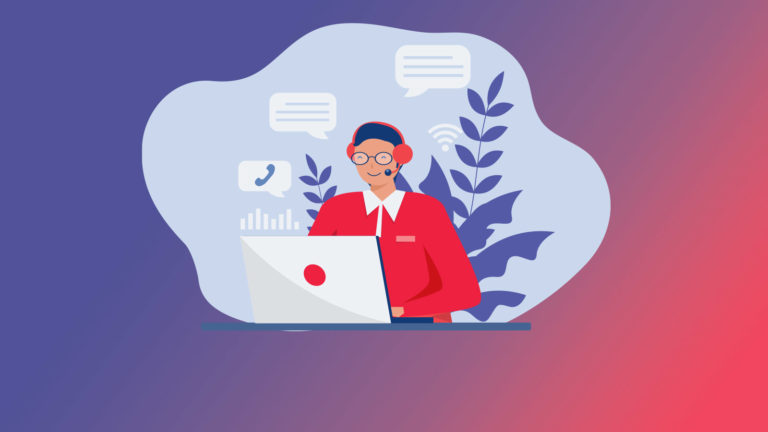Clients and employees are constantly on the go. Modern life is fast-paced and busy. Many people have grown accustomed to quick communication and mobile device use, and expect service providers and businesses to keep up with them. Even the ITSM workforce has moved to an increasingly mobile set-up, with many analysts now working remotely. Business in the digital landscape has seen a dramatic shift to productive use of mobile devices as the norm versus the exception.
The ITSM space is no different. Many end users who need ITSM services are also transitioning to new channels of communication, and IT professionals must adapt to meet the needs of the new, mobile end user. Channels like voice, video, text messaging, mobile apps, and social media are all part of an IT provider’s list of digital channels that they need to support. Very soon, just supporting these channels won’t be enough. Users will expect a great experience and fast response times around the clock. The benchmark for mobility becomes convenience, speed, and great service with no compromises.
Some IT organizations opt for a multichannel approach, where each digital channel is bolted on with a completely new system and separate technology. This leads to a siloed, disjointed experience for the end user and analysts, as well as leading to growing pressure on efficiency and costs. As more digital channels are added to an IT provider’s system, these multichannel systems become unsustainable and cumbersome.
Instead of relying on dated technology with dozens of bolted-on systems for each channel, a better and more scalable approach is to leverage an omnichannel approach instead. An omnichannel approach allows all channels to be handled from a single desktop, and all channels work together synergistically rather than disjointedly as bolt-on features. IT contact center analysts can see every step in the customer’s journey as they move between channels, making it easier for analysts to offer an effortless customer experience.
For example, a conversation that begins with an end user could start with a chat bot. Then, when the chat bot detects that the user wants to speak with a live IT professional, the chatbot can route the end user to a channel of the end user’s choice in a seamless handoff from chat bot to a human. The team of professionals supporting the user can see all interaction history and maintain the right context for every conversation.
An omnichannel approach is crucial in integrating new digital channels into your ITSM infrastructure, and allows digital channels to work together rather than separately.
For the full guide on how to turbocharge your IT service management, check out Bright Pattern’s newest ebook “How to Turbocharge Your IT Service Management”.
About the author:
Peter is a Senior Account Executive with fast growing cloud-based contact center software vendor Bright Pattern. Having spent over 20 years selling technology and services to companies like Goldman Sachs, EMC, PricewaterhouseCooper and more, he is passionate about helping organizations achieve desired business outcomes with cutting edge technology and strategy. Certified in Cloud Economics and ROI through AWS and having successful stints at Interactive Intelligence and Genesys, Peter brings a unique perspective to service based companies that are striving to move away from legacy technology infrastructure and processes towards a true Omni-Channel CX model.




